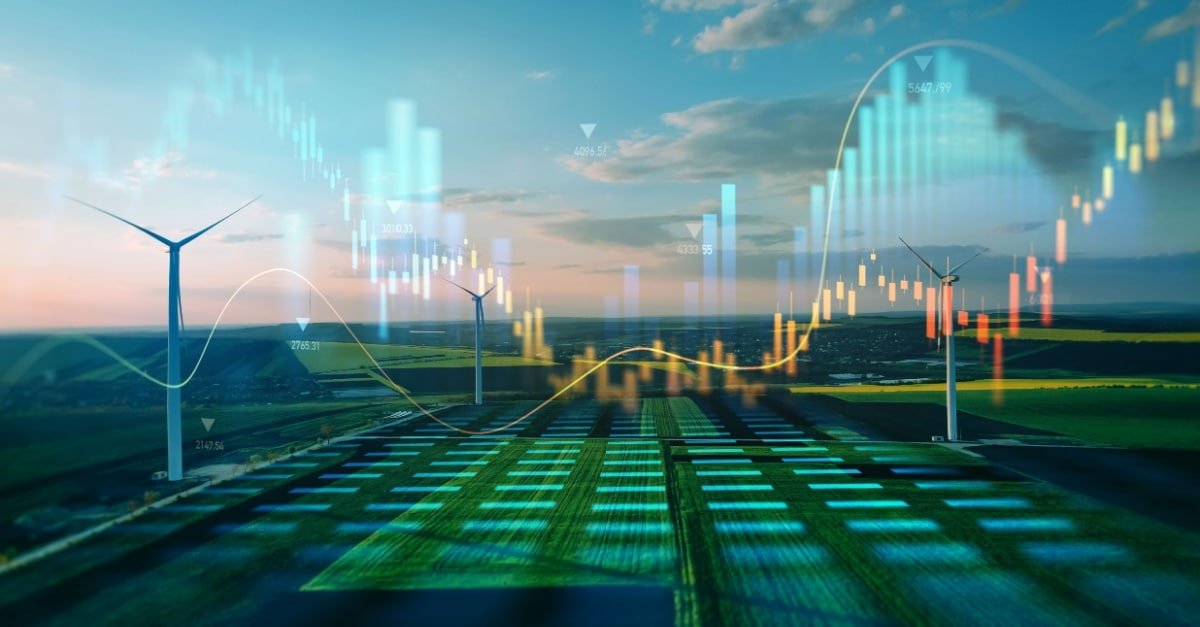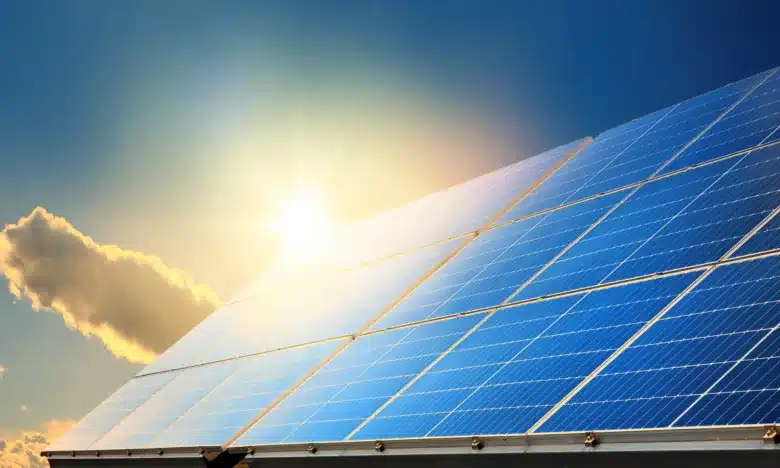
The Full Price of Going Green
- June 18, 2025
The push toward green energy stems from a well-meaning effort to protect the planet. In the race to confront the climate crisis, engineers are introducing clean-tech innovations. Wind and solar farms are poised to take over from coal and gas, while electric vehicles gradually edge out petrol and diesel.
The Philippines aims to generate 35% of its energy from renewables by 2030 and 50% by 2040, but reaching these targets will require a transition that puts energy security first. This shift also comes with hidden costs that must be carefully weighed against the nation’s wider development priorities.
Economic cost
According to Noel Baga, convenor of the Center for Energy Research and Policy, one of the biggest hidden costs of renewables lies in their unpredictability. Solar and wind can’t deliver steady, round-the-clock power, making it difficult to meet the country’s constant energy demands.
To avoid blackouts when the sun isn’t shining or the wind isn’t blowing, backup systems are needed—often fossil-fueled or battery-based. Battery storage is expensive, their deployment costing billions of pesos.
Moreover, power grid upgrades come with a hefty price tag. Baga noted that the National Grid Corporation of the Philippines (NGCP) faces the challenge of modernizing an aging system to handle intermittent renewables without risking blackouts. Estimated to cost hundreds of billions of pesos, these upgrades are vital—especially since potential renewable sites still lack basic transmission links.
While the World Bank estimates the Philippines holds an impressive 178 gigawatts (GW) of offshore wind (OSW) potential, Dr. Eduardo Araral, associate professor at the National University of Singapore, said that poor infrastructure could hold back progress.
“The Philippines lacks the necessary port infrastructure and transmission system upgrades to accommodate the scale of renewable energy planned, particularly OSW,” he stated. “Port upgrades and modernized transmission lines, which could represent up to 20 to 25% of the total cost of offshore wind projects, are critical for success.”
Araral added that another key concern is that the shift to renewables could hit low-income Filipinos the hardest. Without subsidies, higher development costs—like expensive OSW ports—may drive up electricity prices, widening the gap for off-grid and poor communities already struggling to keep the lights on.
“Lower-income households in countries with energy poverty can spend between 10 – 40% of their income on energy, and the cost per kilowatt-hour is significantly higher for them, especially when relying on renewable sources,” he wrote.
Renewable Energy: High-carbon processes
In his opinion piece “Green growth approach to climate change will do more harm than good,” New Zealander Academic Jack Santa Barbara argued that the renewable energy (RE) transition is not as clean as it appears. He pointed out that fossil fuels are still essential for mining raw materials, manufacturing parts, transporting equipment, building road access, and maintaining wind turbines.
Santa Barbara also claimed that independent studies suggest that scaling up solar and wind to power most of the world could generate enough emissions during production and deployment to push global temperatures past the 1.5°C threshold.
Land issues
While renewable energy’s (RE) reputation is largely eco-friendly, extensive projects often bring significant ecological and social challenges.
According to Ateneo de Manila University Professor Fernando T. Aldaba, hydropower projects demand large land areas that often result in deforestation, biodiversity loss, and displacement of local communities. Likewise, the growth of wind and solar farms requires significant land, leading to disputes over property rights.
“Large-scale solar farms in areas like Nueva Ecija have led to concerns about agricultural land being repurposed for energy production, potentially affecting local food supply and farmers’ livelihoods,” he wrote.
Additionally, plans to extend a 14-MW wind farm in the Northwest Panay Peninsula Natural Park have sparked concerns over the safety of crucial water supplies. Critics say that the upcoming expansion threatens to further impact the Daeamuan and Imbaroto Rivers, part of the vital Nabaoy River Watershed that provides drinking water to mainland Malay and Boracay.
Material scarcity
Another significant hurdle for full electrification is the limited supply of essential raw materials. Common resources like copper are needed in massive quantities in constructing wind turbines.
Baga said that silver demand is also set to surge, with projections suggesting over half of global reserves could be depleted by 2050, pushing equipment costs even higher. Silver is crucial in solar photovoltaic systems, where it’s used as a conductive paste on silicon wafers to carry electricity.
Aldaba further warned that the global supply of critical components for RE systems is heavily concentrated in a handful of countries. This leaves the energy transition exposed to geopolitical risks and trade shocks. Boosting domestic production and diversifying supply chains are key to reducing these vulnerabilities.
Recycling realities
According to Santa Barbara, the green growth model leans on concepts like the circular economy and decoupling, aiming to cut waste and recycle non-renewables. But unlike nature, which recycles everything, human systems fall short. “In fact, we currently recycle little of what we produce, and the highest rates, in the over 90 percent range, occur for very few products,” he wrote.
As RE installations age, decommissioning them poses environmental challenges. Australia’s first commercial wind farm, Codrington Wind Farm, is set to be decommissioned after 25 years due to limitations in land space and outdated infrastructure. The process raises concerns about recycling turbine components and managing waste.
Expert recommendations
In Santa Barbara’s opinion, the prevailing clean energy strategy wrongly equates decarbonization with ramping up renewables. He argued we could cut emissions without massive new infrastructure by rethinking energy use and focusing existing hydro and geothermal resources on essential needs.
For Baga, a nation’s development hinges on a stable and reliable power supply. “This doesn’t mean we should abandon our renewable energy aspirations,” he explained. “Rather, we must pursue them within a hierarchy of energy priorities: security first, followed by affordability and sustainability.” He added that the true cost of the transition goes beyond equipment, including community impact and system reliability. Careful planning and inclusive dialogue are essential to build an energy future that works for all Filipinos.
Aldaba stressed that the Philippines’ energy transition shouldn’t sacrifice stability, cost, or sustainability. While boosting renewables is vital, a realistic strategy is needed—one that invests in storage, modernizes the grid, and diversifies the energy mix.
While fossil fuels are what RE aims to replace, the Department of Energy (DOE) maintains coal’s key role in energy security. Despite a moratorium on new projects, the Philippines will keep using its existing coal plants. Energy Secretary Raphael Lotilla noted that 6,300 MW of capacity is under 10 years old and another 3,400 MW can run for at least a decade more.
Moreover, coal’s reliability complements the variable nature of renewable energy sources like solar and wind. Columnist Jake Maderazo highlighted that the renewables’ low-capacity factor can pose challenges to grid stability.
“The Philippines will still need dispatchable sources like geothermal (which is unfortunately more capital intensive), as well as traditional sources like coal and natural gas, to generate consistent power, ensure grid stability, and reliability meet daily demand,” he wrote.
Sources:
https://www.newsroom.co.nz/green-growth-approach-to-climate-change-will-do-more-harm-than-good
https://www.bworldonline.com/opinion/2024/07/18/608737/on-coal-gas-and-energy-security/
https://businessmirror.com.ph/2025/03/07/the-risks-of-a-rapid-energy-transition-in-the-philippines
https://www.wind-watch.org/news/2024/06/01/tensions-heighten-as-philippine-clean-energy-projects-encroach-on-conservation-areas
https://powerphilippines.com/doe-ph-to-rely-on-existing-coal-fired-plants-until-2030/
https://opinion.inquirer.net/177848/or-baseload-power-is-vital-for-reliability-and-security



